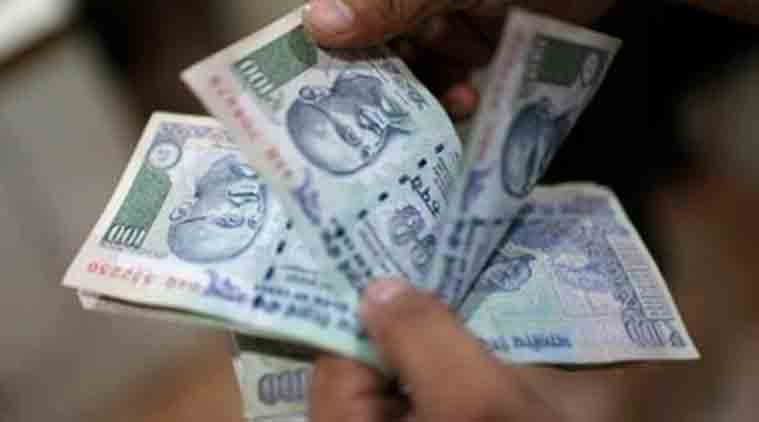Exposure of mutual funds, insurance firms up 29 per cent
The share of PSU banks in the inter-bank market declined to 58 per cent as compared to a share of 65 per cent in total bank assets.
 Gross NPA ratio likely to worsen from 21 per cent in March 2018 to 22.3 per cent by March 2019; 6 PSBs may see capital shortfall: RBI
Gross NPA ratio likely to worsen from 21 per cent in March 2018 to 22.3 per cent by March 2019; 6 PSBs may see capital shortfall: RBI
The combined exposure (gross receivable) of mutual funds and insurance companies towards the troubled banking sector rose by 29 per cent to Rs 6,20,000 crore in March 2018 against Rs 4,80,000 crore in March 2017).
“The banking sector had an exposure (gross receivable) of nearly Rs 32,300 crore in March 2018 towards the insurance and mutual fund sectors taken together (as against Rs 15,400 crore in March 2017),” the Reserve Bank of India said in the Financial Stability Report (FSR). The rise in exposure is significant as the RBI’s macro-stress tests on public sector banks under prompt corrective action framework suggest worsening of their gross NPA ratio from 21.0 per cent in March 2018 to 22.3 per cent by March 2019, with 6 PSU banks likely experiencing capital shortfall, according to the RBI FSR.
Gross NPAs of banks have already crossed the Rs 10,00,000 crore mark in the fiscal ended March 2018.
Mutual funds were the largest net providers of funds to the financial system. “Their gross receivables were around Rs 885,200 crore (around 41 per cent of their average AUM), and their gross payables were around Rs 56,000 crore in March 2018. Almost all their receivables (99.7 per cent) were fund based in nature,” the RBI said. Top three recipients of their funds were banks (at 44 per cent) followed by non-banking finance companies (at 26 per cent) and housing finance companies (at 19 per cent).
According to the RBI, mutual funds were quite active in the money markets (particularly CP and CD markets) with about 45 per cent of their receivables being short-term in nature. “The remaining 55 per cent of their receivables were long-term in nature, in which long term debt followed by capital had the largest shares,” it said.
Insurance companies had gross receivables of Rs 502,200 crore and gross payables of around Rs 20,700 crore making them the second largest net providers of funds to the financial system in March 2018, the RBI said. Like mutual funds, a breakup of their gross receivables indicates that the top 3 recipients of their funds were banks (at 46 per cent), followed by NBFCs (at 28 per cent) and HFCs (at 20 per cent). But in contrast to mutual funds, insurance companies had limited exposure to short-term instruments. Around 91 per cent of their receivables were long-term in nature, in which long-term (LT) debt followed by capital were the most important, it said.
The RBI said NBFCs were the largest net borrowers of funds from the financial system with gross payables of around Rs 717,000 crore and gross receivables of around Rs 41,900 crore in March 2018. “A breakup of gross payables indicates that the highest funds were received from banks (44 per cent of total funds received by NBFCs), followed by mutual funds (at 33 per cent) and insurance companies (at 19 per cent). Long-term debt followed by LT loans and CPs were the three biggest sources of funds for NBFCs,” it said.
Housing finance companies were the second largest borrowers of funds from the financial system with gross payables of around Rs 528,400 crore and gross receivables of only Rs 31,200 crore in March 2018, the RBI FSR said. As on March 2018, HFCs’ borrowing pattern was quite similar to that of NBFCs except that AIFIs also played a significant role in providing funds to HFCs. Like NBFCs, long-term debt, LT loans, and CPs were the top three instruments through which HFCs raised funds from the financial markets.
The share of PSU banks in the inter-bank market declined to 58 per cent as compared to a share of 65 per cent in total bank assets. The size of the inter-bank market too shrank from Rs 810,000 crore in March 2017 to Rs 650,000 crore in March 2018.





- 01
- 02
- 03
- 04
- 05


























